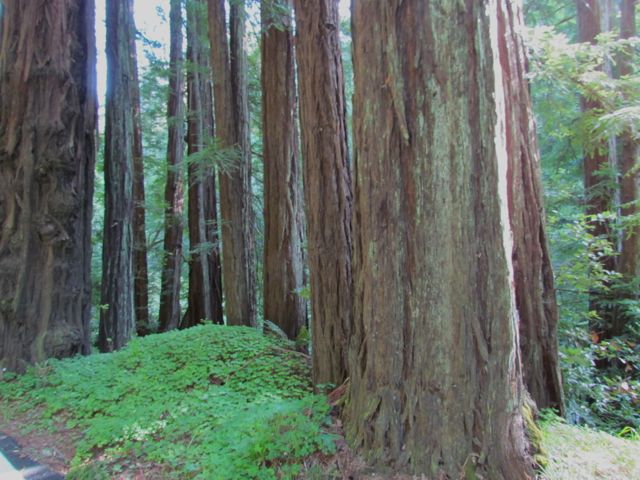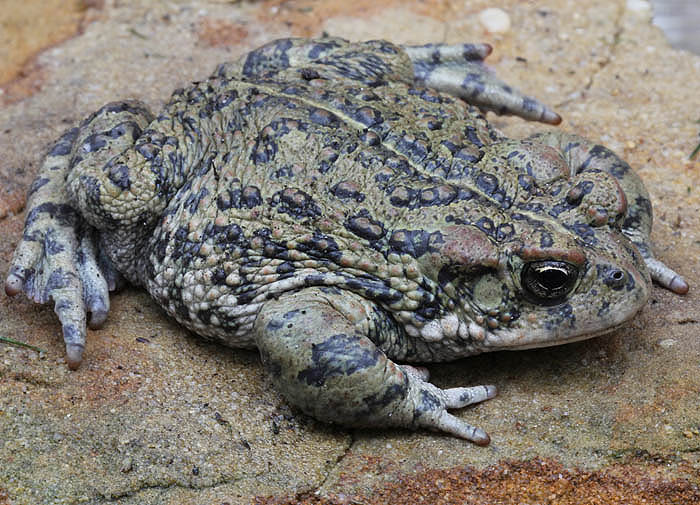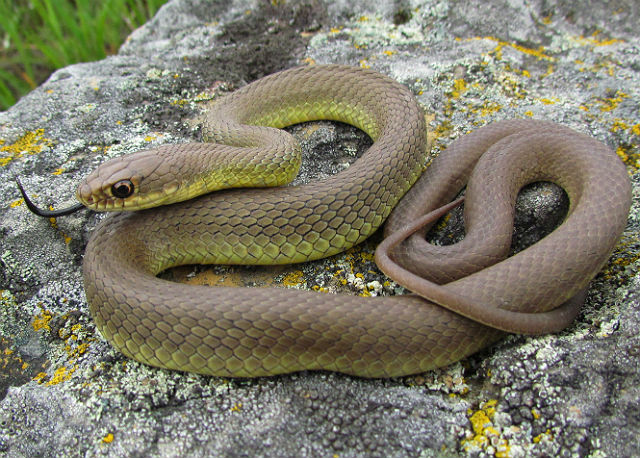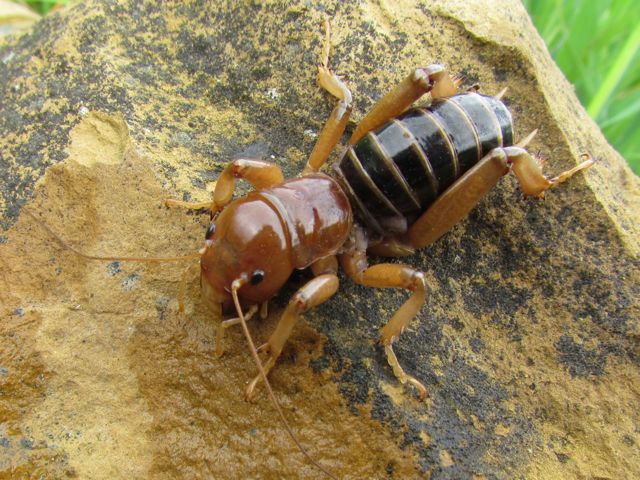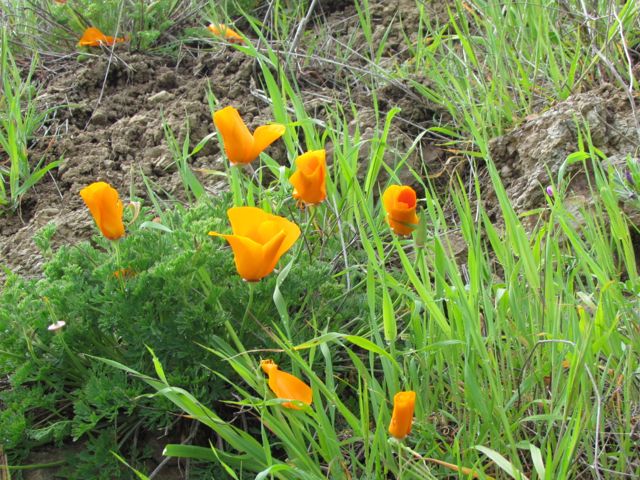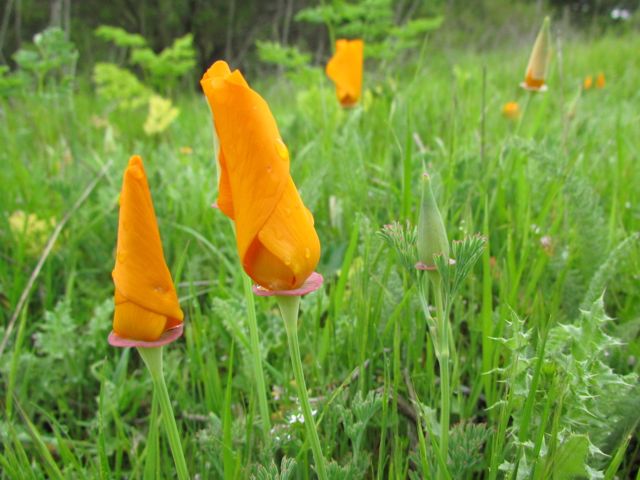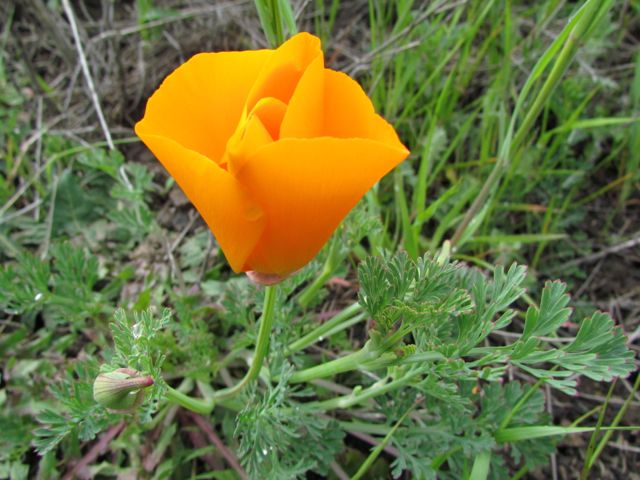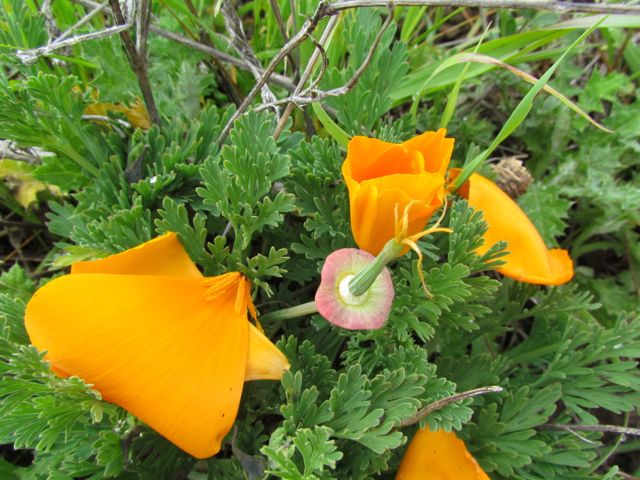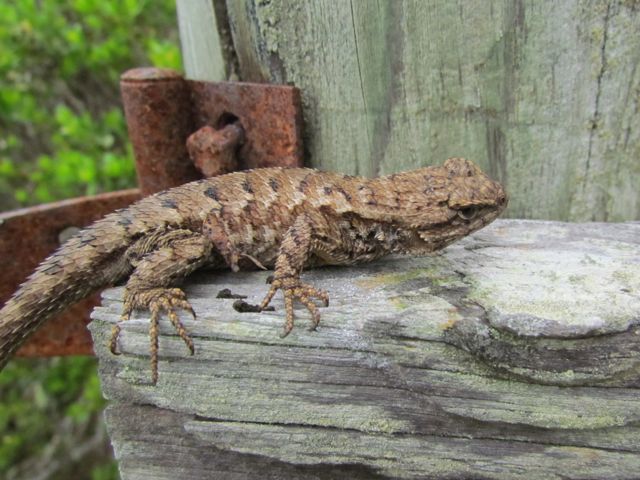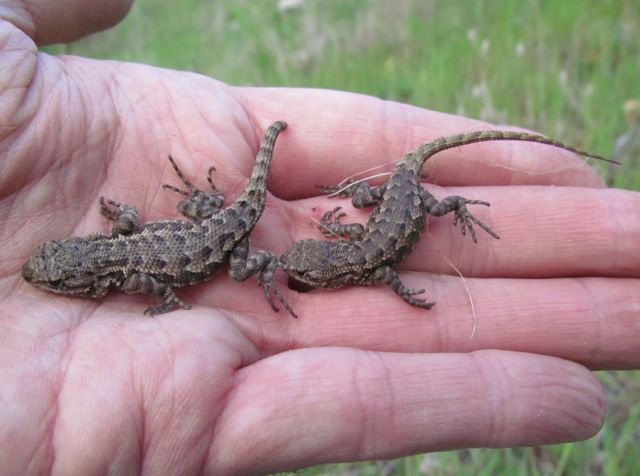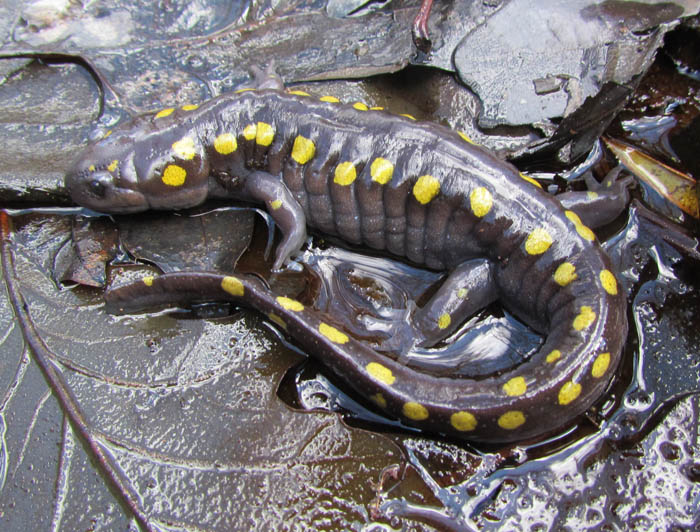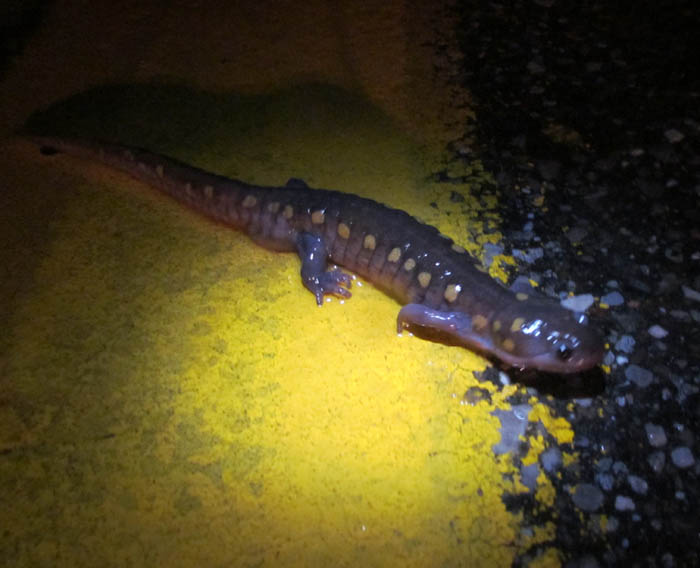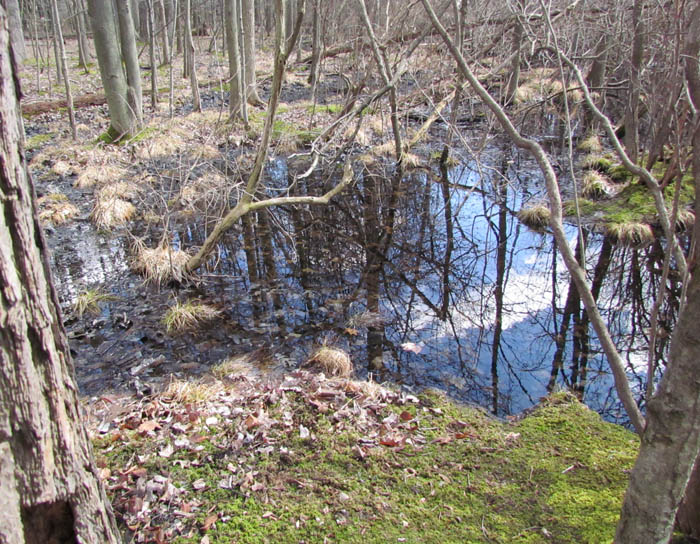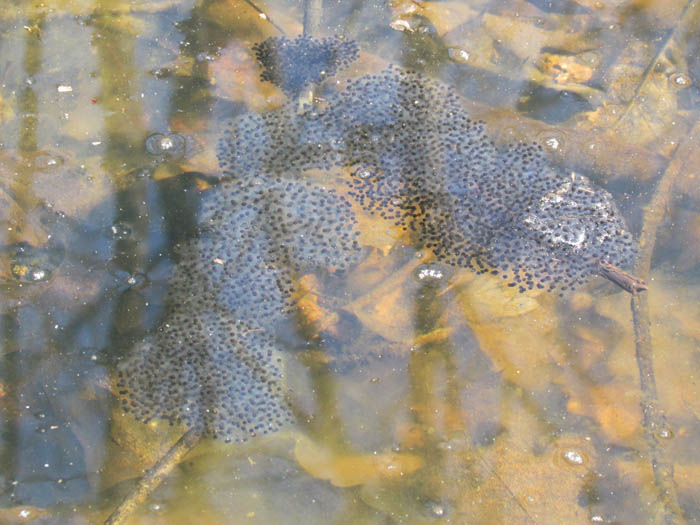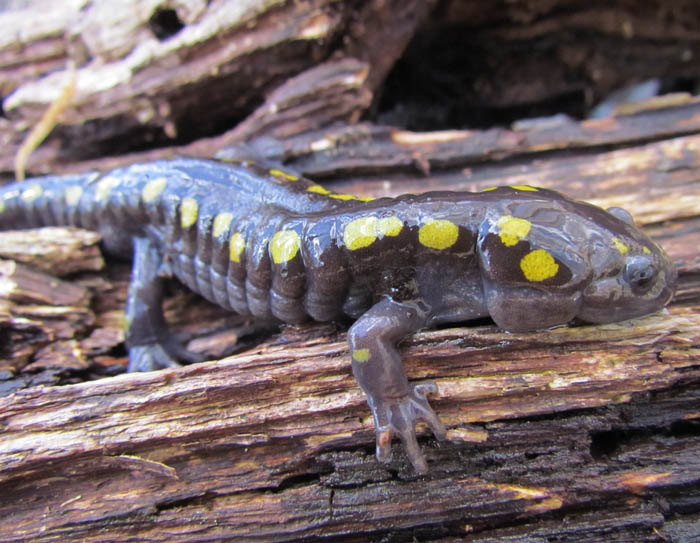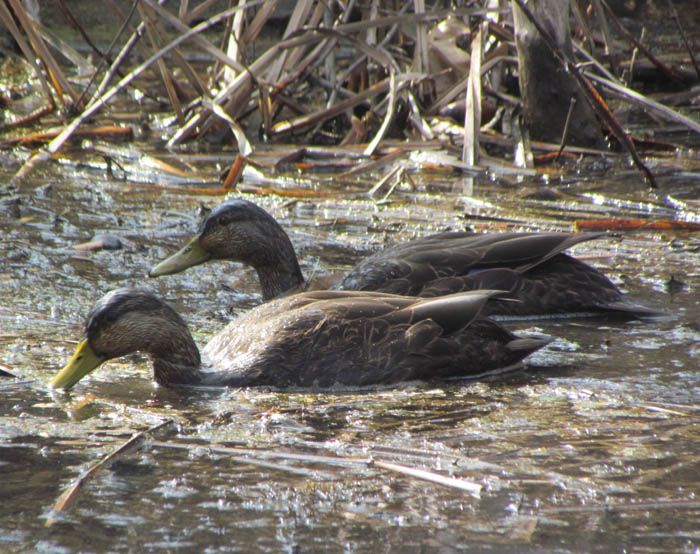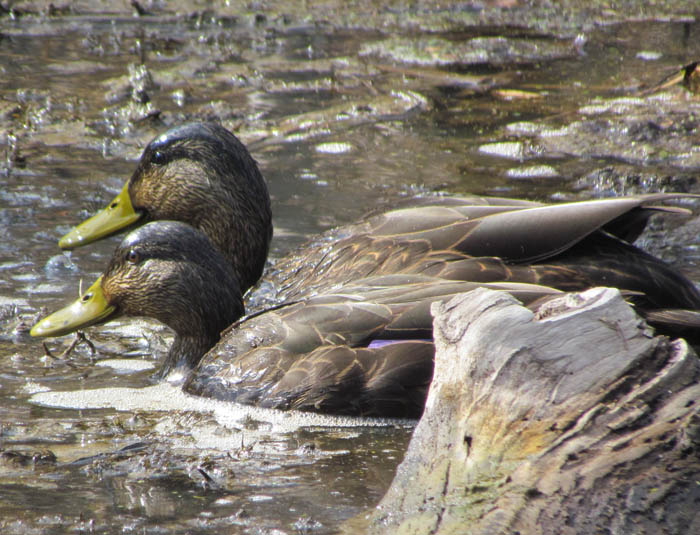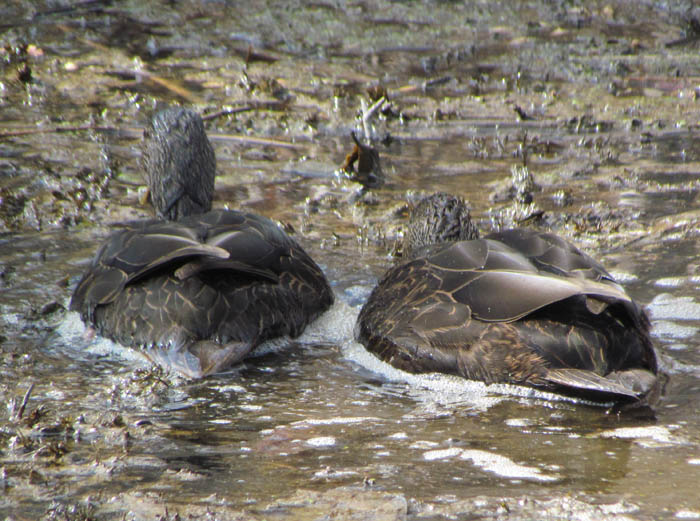Driving along Highway 1 in the evening, I noticed a group of large rocks on a sandbar in the ocean. As I observed them, I noticed one of them move. I decided to investigate further. It turns out that the “rocks” were really Harbor Seals.
Harbor Seals have spotted coats in a variety of shades from white or silver-gray to black or dark brown. They reach five to six feet in length and weigh up to 300 pounds.
Since Harbor Seals cannot rotate their hind flippers underneath their hips, when on land they move by undulating in a caterpillar-like motion.
Their food includes herring, flounder, and perch. They will also consume octopus, squid and shrimp. A Harbor Seal’s diet varies seasonally and regionally and often is subject to local prey availability.
Seals have large eyes to see in dark, deep water. They have long necks, which they can shoot out quickly to catch fish while swimming. A seal’s whiskers help it hunt and navigate by sensing pressure waves from fish and underwater objects.
These days, many of the females are tending to their pups, which are born between February and April and weigh 20-24 pounds at birth. A pup can swim at birth and will sometimes ride on its mother’s back when tired. Pups make a bleating noise that sounds like maaaa. They sound like children and it’s a bit haunting.
It was a great way to end a day in the field to come across this unexpected surprise and experience these marine mammals.















